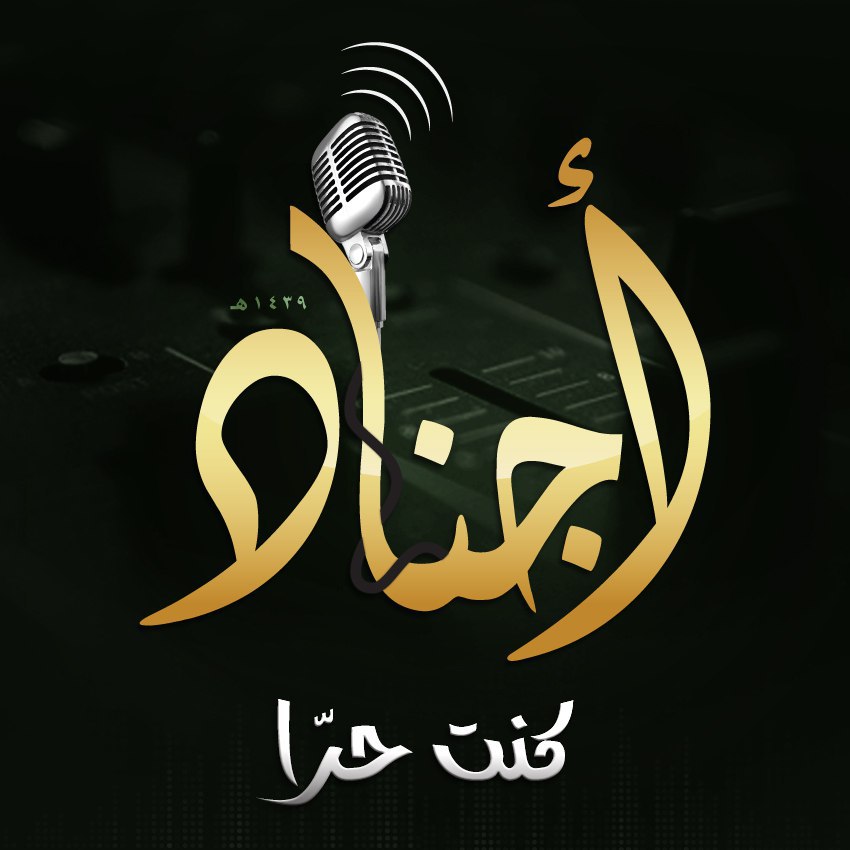
___________
To inquire about a translation for this video message for a fee email: [email protected]
Category: The Islamic State
New issue of The Islamic State’s newsletter: “al-Nabā’ #124"
For prior parts see: #123, #122, #121, #120, #119, #118, #117, #116, #115, #114, #113, #112, #111, #110, #109, #108, #107, #106, #105, #104, #103, #102, #101, #100, #99, #98, #97, #96, #95, #94, #93, #92, #91, #90, #89, #88, #87, #86, #85, #84, #83, #82, #81, #80, #79, #78, #77, #76, #75, #74, #73, #72, #71, #70, #69, #68, #67, #66, #65, #64, #63, #62, #61, #60, #59, #58, #57, #56, #55, #54, #53, #52, #51, #50, #49, #48, #47, #46, #45, #44, #43, #42, #41, #40, #39, #38, #37, #36, #35, #34, #33, #32, #31, #30, #29, #28, #27, #26, #25, #24, #23, #22, #21, #20, #19, #18, #17, #16, #15, #14, #13, #12, #11, #10, #9, #8, #7, #6, #5, #4, #3, #2, and #1.
—

Click the following link for a safe PDF copy: The Islamic State — al-Nabā’ Newsletter #124
____________
To inquire about a translation for this newsletter issue for a fee email: [email protected]
New video message from Jaysh Khālid Bin al-Walīd: "Education in the Yarmūk Basin"

_____________
To inquire about a translation for this video message for a fee email: [email protected]
New issue of The Islamic State’s newsletter: “al-Nabā’ #123"
For prior parts see: #122, #121, #120, #119, #118, #117, #116, #115, #114, #113, #112, #111, #110, #109, #108, #107, #106, #105, #104, #103, #102, #101, #100, #99, #98, #97, #96, #95, #94, #93, #92, #91, #90, #89, #88, #87, #86, #85, #84, #83, #82, #81, #80, #79, #78, #77, #76, #75, #74, #73, #72, #71, #70, #69, #68, #67, #66, #65, #64, #63, #62, #61, #60, #59, #58, #57, #56, #55, #54, #53, #52, #51, #50, #49, #48, #47, #46, #45, #44, #43, #42, #41, #40, #39, #38, #37, #36, #35, #34, #33, #32, #31, #30, #29, #28, #27, #26, #25, #24, #23, #22, #21, #20, #19, #18, #17, #16, #15, #14, #13, #12, #11, #10, #9, #8, #7, #6, #5, #4, #3, #2, and #1.
—

Click the following link for a safe PDF copy: The Islamic State — al-Nabā’ Newsletter #123
____________
To inquire about a translation for this newsletter issue for a fee email: [email protected]
Eye On Jihadis in Libya Weekly Update: March 13

New issue of The Islamic State’s newsletter: “al-Nabā’ #122"
For prior parts see: #121, #120, #119, #118, #117, #116, #115, #114, #113, #112, #111, #110, #109, #108, #107, #106, #105, #104, #103, #102, #101, #100, #99, #98, #97, #96, #95, #94, #93, #92, #91, #90, #89, #88, #87, #86, #85, #84, #83, #82, #81, #80, #79, #78, #77, #76, #75, #74, #73, #72, #71, #70, #69, #68, #67, #66, #65, #64, #63, #62, #61, #60, #59, #58, #57, #56, #55, #54, #53, #52, #51, #50, #49, #48, #47, #46, #45, #44, #43, #42, #41, #40, #39, #38, #37, #36, #35, #34, #33, #32, #31, #30, #29, #28, #27, #26, #25, #24, #23, #22, #21, #20, #19, #18, #17, #16, #15, #14, #13, #12, #11, #10, #9, #8, #7, #6, #5, #4, #3, #2, and #1.
—

Click the following link for a safe PDF copy: The Islamic State — al-Nabā’ Newsletter #122
____________
To inquire about a translation for this newsletter issue for a fee email: [email protected]
New nashīd from The Islamic State: "You Were Free"

The Islamic State — You Were Free
__________
To inquire about a translation for this nashīd for a fee email: [email protected]
Eye On Jihadis in Libya Weekly Update: March 6

New video message from The Islamic State: "The Land of God Is Wide – Wilāyat Khurāsān"

___________
To inquire about a translation for this video message for a fee email: [email protected]
New video message from The Islamic State: "Ambush By the Soldiers of the Caliphate Upon Members of the American Army Near the Artificial Borders of Niger and Mali"

____________
Source: Telegram
To inquire about a translation for this video message for a fee email: [email protected]
